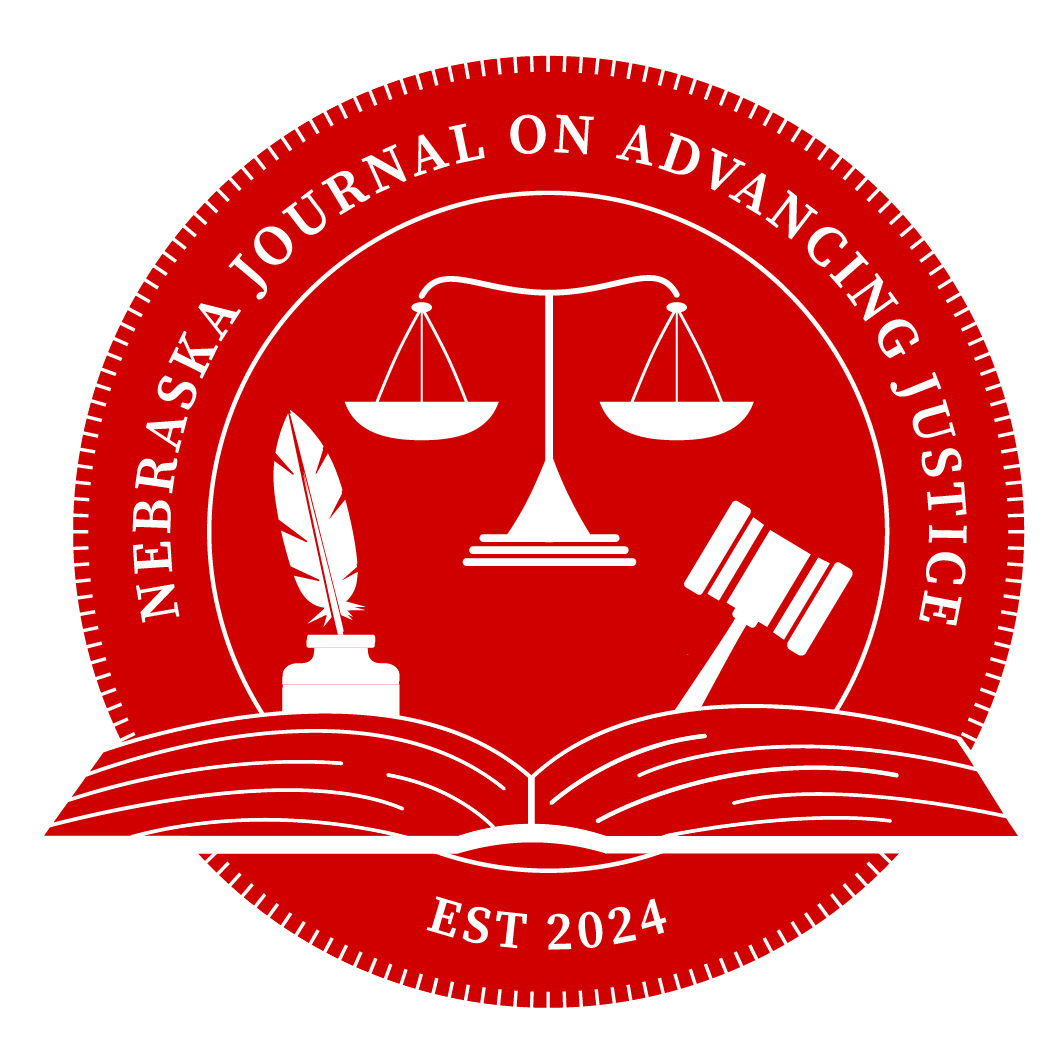
eCarrots: Prison Control and Profits from Correctional Tablets
Justin Iverson
In recent years, tablets have gained tremendous popularity behind bars for their ability to expand access to educational and rehabilitative services for people in prison. However, there are downsides to tablet implementation, including high costs at the expense of a captive population and shifting power dynamics resulting in possible volatility. This Article examines the use of correctional tablets in jails and prisons as mechanisms for administrative control and profit-making in an era of beleaguered correctional budgets. It also considers legal and policy implications related to the disproportionately negative impact of the introduction of tablets on people in poverty, increased dependency on third-party contractors through the elimination of existing service structures, and the dangers of screen time addiction for people in prison. Ultimately, tablet suppliers are likely to continue working their way into prison systems, and there are many benefits to the incarcerated population from this expansion. However, it must be done thoughtfully and under careful oversight of interested parties to ensure the worst impacts are mitigated.
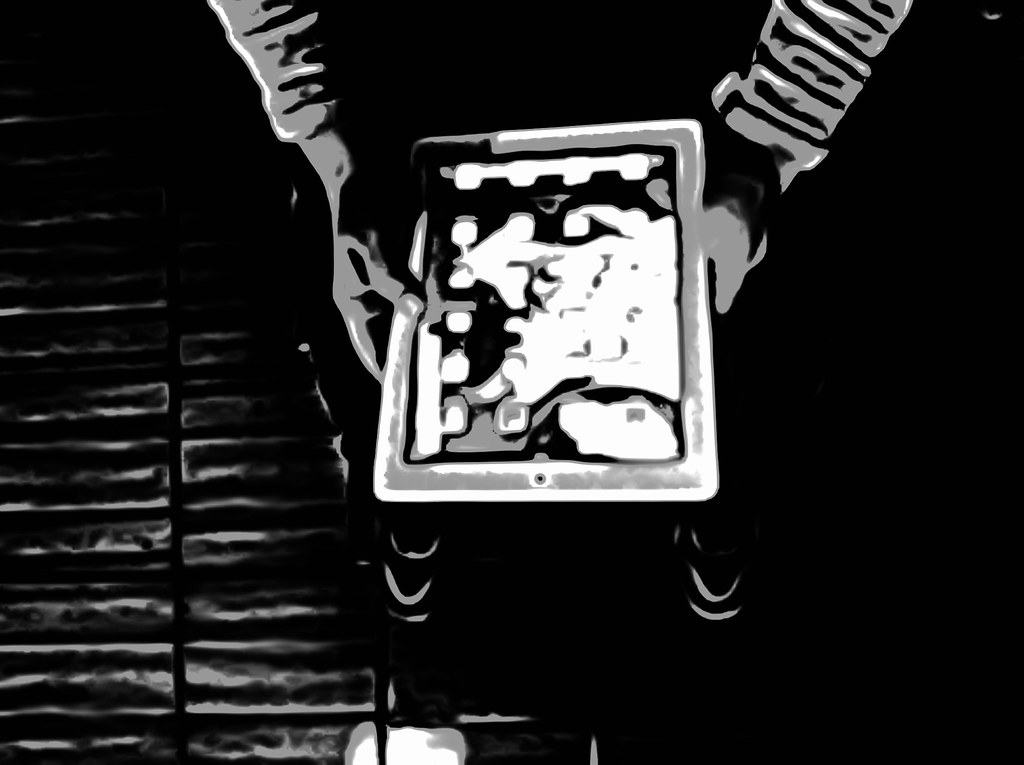
Extraterritorial Civil Liability After Mallory: A Potential New Weapon for Anti-Abortion States in the Interstate Abortion War
Velma Lockman
When the Supreme Court overturned the constitutional right to abortion in Dobbs v. Jackson Women’s Health Organization, it commenced an interstate abortion war. The following year, the Court opened another front with its decision in Mallory v. Norfolk Southern Railway Company, which upheld a Pennsylvania statute that conditions out-of-state corporations’ access to Pennsylvania courts on consent to general jurisdiction. Mallory opened the door for anti-abortion states to extraterritorially apply statutes modeled on Senate Bill 8 (“S.B.8”), a Texas anti-abortion statute that weaponizes civil liability against anyone accused of “aiding or abetting” abortion. Using S.B.8-style statutes and consent-by-registration statutes, anti-abortion states could weaponize civil liability against registered out-of-state corporations for providing insurance coverage for abortion to employees living in pro-abortion states. The Constitution appears unlikely to prevent this scenario because of the deferential standard governing horizontal choice of law and the weakening of extraterritoriality safeguards in National Pork Producers Council v. Ross. Preemption under the Employee Retirement Income Security Act of 1974 (ERISA) may provide a federal statutory means of mitigating some of the most severe effects. Completely thwarting anti-abortion extraterritoriality while advancing reproductive justice, however, requires that pro-abortion states take active measures, including directly funding all abortions within their borders.
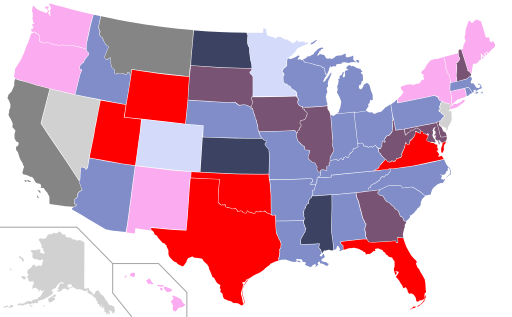
A Love Letter to the Leaders
Isabel Corngold and Elizabeth Cole
Why Recognizing and Discussing Secondary Trauma in Legal Work Will Benefit Your Staff, Your Clients, and Most Importantly, the Work
When you work in a client-facing, client-centered section of the law like criminal law, and specifically wrongful convictions, you encounter trauma. Many organizations, including innocence organizations, do not do a sufficient job to recognize and address the impact of that trauma on their staff. This piece seeks to explain the potential impact of this trauma by, one,defining the terms burnout; secondary and vicarious trauma; empathetic distress; countertransference; and compassion fatigue, and, two,listing out signs and symptoms that can be caused by experiencing any of these emotions. Drawing from the authors’ experiences in innocence organizations, this piece addresses leaders of organizations on what they can do to support their staff as they counter these emotions. It gives a simple, action-oriented list of what leaders can do. Change begins at the top, so leaders modeling and supporting trauma-informed and well-being behaviors can and will only benefit the organization’s staff. This piece concludes by explaining why doing this is so important: people who feel good at work do good work. Recognizing and addressing trauma will benefit not only the organization as a whole, but also the clients, who then receive the best work from those working on their cases. When fighting for equality, delivering the highest quality of work is crucial, and without addressing this incredibly impactful and omnipresent issue, organizations cannot do that.

Airport Milk Justice
Elsbeth Magilton
This creative and personal Essay explores the complex and often overlooked experience of a new working mother. Through a series of personal stories featuring airports and security personnel, this author navigates the struggles and lack of support from society for breastfeeding on-the-go. Ultimately, the author was able to use these personal experiences and turn them into a positive advocacy mission for herself and for other working mothers across the United States by finding solutions and reaching out to airport regulators. This piece highlights candidly the intersection between motherhood and the professional world by illustrating the difficulties and evolving expectations for working mothers and then need for more spaces for them.
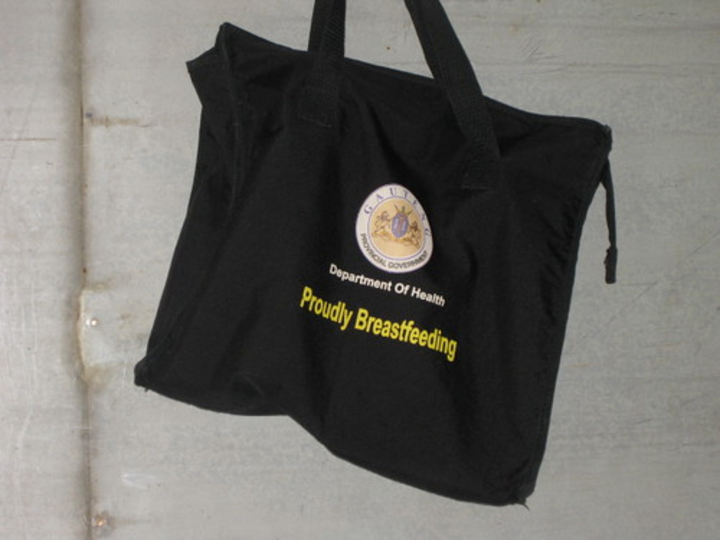
RISE Re-Entry Program
Bailey Boswell, Chinyere “ChiChi” Nwuju, Landon Johnson, Jessica “Jae” Whittaker
The RISE Artwork came to NJAJ through Professor Jefferis’s Prison Law class in the Fall of 2025. Aaron and Angela Pettes from RISE came to speak to the class about their experiences and their work,and to answer students’ questions about prison. They spoke about RISE’s mission to break the generation cycles of incarceration, and the services they provide to incarcerated people in Nebraska. This presentation sparked an interest in inviting RISE participants to submit pieces. NJAJ provided a prompt to RISE, which hosted a workshop for incarcerated people. The prompt was “What ‘Equality Before the Law’ means to you.” This brought us the art below. On behalf of the NJAJ staff, I want to thank the RISE staff members who facilitated the workshop and the artists who took the time to create their wonderful submissions. I am honored to publish them.
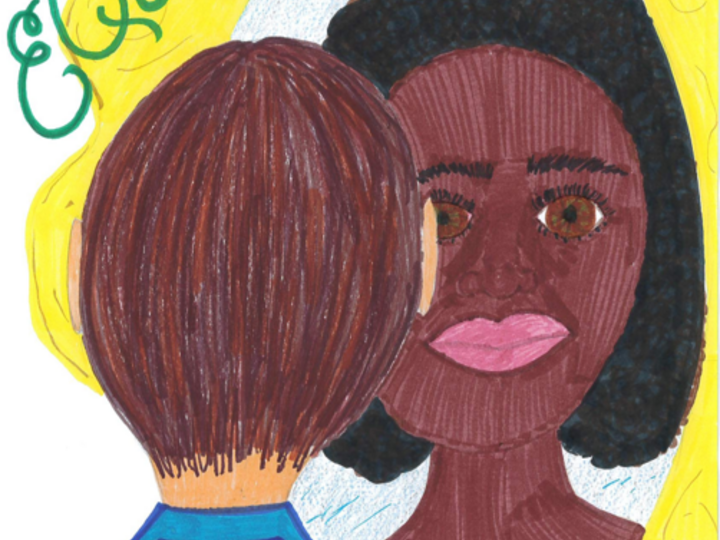
Occupy
Nicholas Marti
Occupy Wall Street (“OWS”) was a progressive, populist movement that peaked in 2011. OWS was a leaderless movement with no clear policy demands—“a theoretical movement represented by a literal encampment” in Zuccotti Park, a small park near New York City’s Financial District. Occupiers were criticized as “losers,” “socialists,” and “dreamers.” Philosopher and cultural critic Slavoj Žižek mused that the basic message was that society should explore critical alternatives to live in “the best possible world.”
OWS was a response to perceived corruption in American politics, exemplified by the bank bail-out after the economic collapse in 2008. Occupiers gathered to advocate for deeper democracy and to address structural chutes and ladders seen to widen wealth inequality. They saw outsized consolidation of wealth in the top one percent of the population as a threat to our democracy. Juxtapose these sentiments with the guest list of the 2025 Presidential Inauguration. Compare the spirit captured in these photos with the richest man in the world wearing an “Occupy Mars” shirt at presidential campaign rallies.
Have you ever picked a book off your shelf and thumbed through it, only to have the run of pages stop abruptly because of an old note or business card? That’s what these pictures are. If you remember 2008 or 2011, remember it now and then finish thumbing the pages. Replace the book on the shelf and get back to work.
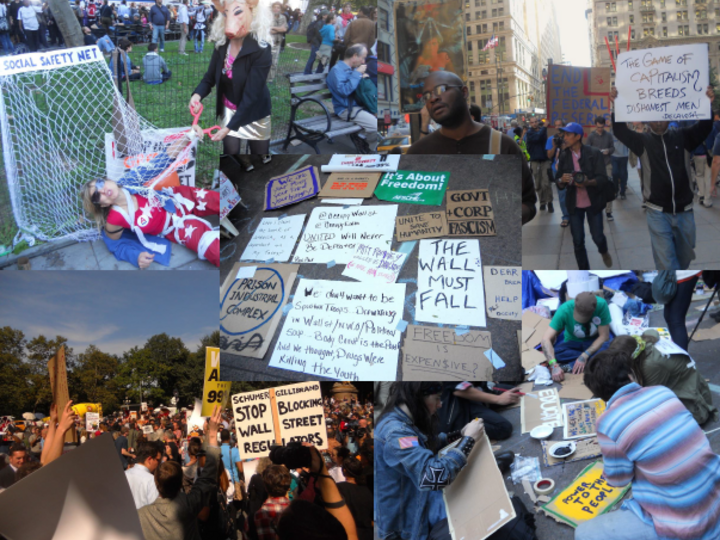
Photo Credits:
"ipad" by clasesdeperiodismo
"Map of US minor abortion laws" by Lokal_Profil & Kyd
"Proudly breastfeeding!" by fifikins
"Mail Call!" by Robert Stinnett